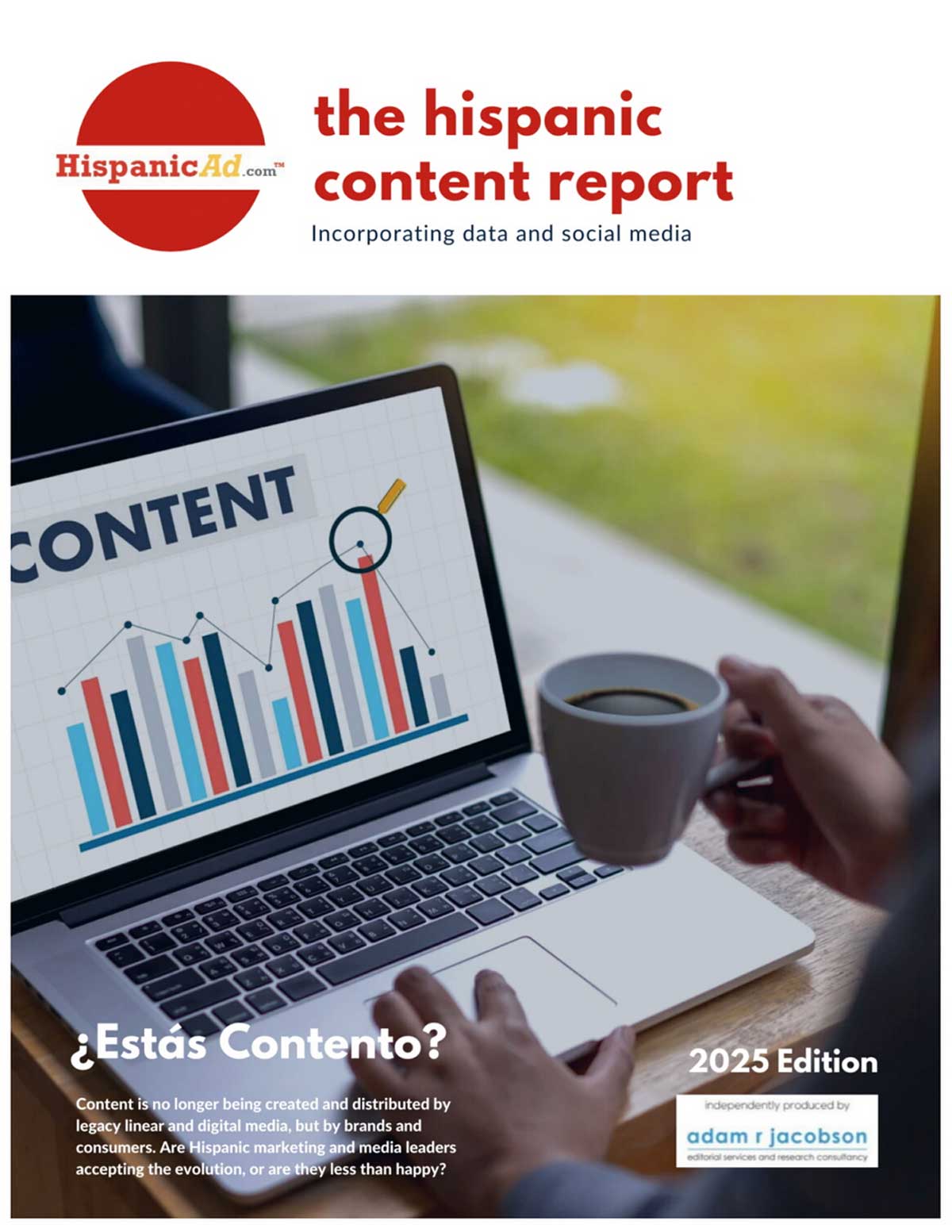Have TV Everywhere Users Returned to the Couch?
![]() Multichannel pay TV subscriptions have plenty of benefits over relying solely on an over-the-top (OTT) device, and according to Adobe Digital Index research released in March 2015, TV Everywhere adoption continued to rise last year. TV Everywhere penetration among pay TV subscribers in the US in Q4 2014 was nearly double that in the same quarter the year prior, at 12.5%, vs. 6.5% in Q4 2013. Adobe estimated this would reach 18% by the end of 2015.
Multichannel pay TV subscriptions have plenty of benefits over relying solely on an over-the-top (OTT) device, and according to Adobe Digital Index research released in March 2015, TV Everywhere adoption continued to rise last year. TV Everywhere penetration among pay TV subscribers in the US in Q4 2014 was nearly double that in the same quarter the year prior, at 12.5%, vs. 6.5% in Q4 2013. Adobe estimated this would reach 18% by the end of 2015.


 It’s interesting how creative professionals have never really found a way to be suitably paid. As a writer, I was asked my rate per word, which I found a particularly distasteful way to measure my value. It felt as if I were selling old books to trendy restaurants by the yard, honoring volume over ideas.
It’s interesting how creative professionals have never really found a way to be suitably paid. As a writer, I was asked my rate per word, which I found a particularly distasteful way to measure my value. It felt as if I were selling old books to trendy restaurants by the yard, honoring volume over ideas. HispanicThe prevailing wisdom is that investment in the Hispanic market is a growth move by marketers looking to increase their revenue and market share. However I have quietly noticed a trend during the last few years that leads me to question the motives behind these investments. Has increased Hispanic market investment been a defensive move? By Jose Villa / Sensis
HispanicThe prevailing wisdom is that investment in the Hispanic market is a growth move by marketers looking to increase their revenue and market share. However I have quietly noticed a trend during the last few years that leads me to question the motives behind these investments. Has increased Hispanic market investment been a defensive move? By Jose Villa / Sensis Award winning audio post house Tono Studios collaborated with Pablo Buffagni of BBQ Agency for a series of highly impactful and unorthodox radio and television spots to raise awareness for nonprofit organization the “Forever Foundation.”
Award winning audio post house Tono Studios collaborated with Pablo Buffagni of BBQ Agency for a series of highly impactful and unorthodox radio and television spots to raise awareness for nonprofit organization the “Forever Foundation.” Do you want to know how to grow your and your client’s business by engaging the Multicultural Mainstream? Then, the 2015 AHAA Annual Conference is the conference to attend. If you haven’t reserved your spot, the time to register is NOW, for we are filling up fast! And, if you’re looking for another reason, we will give you five. By Aldo Quevedo, Chair of AHAA and Principal/Creative Director of Richards/Lerma
Do you want to know how to grow your and your client’s business by engaging the Multicultural Mainstream? Then, the 2015 AHAA Annual Conference is the conference to attend. If you haven’t reserved your spot, the time to register is NOW, for we are filling up fast! And, if you’re looking for another reason, we will give you five. By Aldo Quevedo, Chair of AHAA and Principal/Creative Director of Richards/Lerma The retail industry is poised for another busy year of mergers and acquisitions.
The retail industry is poised for another busy year of mergers and acquisitions. Daniel Rodriguez and Mauricio Piccone have been named Co-Executive Vice Presidents of newly launched Endemol Shine Latino, it was announced by Cris Abrego and Charlie Corwin, Co-Chairmen and Co-CEOs of Endemol Shine North America.
Daniel Rodriguez and Mauricio Piccone have been named Co-Executive Vice Presidents of newly launched Endemol Shine Latino, it was announced by Cris Abrego and Charlie Corwin, Co-Chairmen and Co-CEOs of Endemol Shine North America. Time Inc. and Telemundo announced the launch of a new television series, “SOS: Salva Mi Casa,” (“SOS: Save My House”) premiering Saturday, April 11 at 12:00pm ET/PT on Telemundo. The home improvement show, Time Inc.’s first Spanish-language television program and its first major collaboration with Telemundo.
Time Inc. and Telemundo announced the launch of a new television series, “SOS: Salva Mi Casa,” (“SOS: Save My House”) premiering Saturday, April 11 at 12:00pm ET/PT on Telemundo. The home improvement show, Time Inc.’s first Spanish-language television program and its first major collaboration with Telemundo. Welcome to the third installment of #TotalMarketTalk, a new Digital series created by NGL Media and NGLC exclusively for HispanicAd. In this installment, David Chitel, CEO of NGL Media and Founder of NGLC, speaks with Luis Miguel Messianu, President & Chief Creative Officer of ALMA. Hear Luis Miguel’s take on everything from “Total Market” to what the multicultural “Agency Of The Future” looks like. You’ll also get an inside look into ALMA’s best-in-class work servicing clients such as McDonald’s and AARP.
Welcome to the third installment of #TotalMarketTalk, a new Digital series created by NGL Media and NGLC exclusively for HispanicAd. In this installment, David Chitel, CEO of NGL Media and Founder of NGLC, speaks with Luis Miguel Messianu, President & Chief Creative Officer of ALMA. Hear Luis Miguel’s take on everything from “Total Market” to what the multicultural “Agency Of The Future” looks like. You’ll also get an inside look into ALMA’s best-in-class work servicing clients such as McDonald’s and AARP. Organizations worldwide have increased their focus on innovation. Yet, too often, they’re stymied by ingrained fear of failure and internal politics, as well as a lack of clear strategies and repeatable processes to make innovation measurable and accountable across the enterprise, according to a study released by the Business Performance Innovation (BPI) Network.
Organizations worldwide have increased their focus on innovation. Yet, too often, they’re stymied by ingrained fear of failure and internal politics, as well as a lack of clear strategies and repeatable processes to make innovation measurable and accountable across the enterprise, according to a study released by the Business Performance Innovation (BPI) Network. By Gonzalo López Martí / LMMIAMI.COM
By Gonzalo López Martí / LMMIAMI.COM
























